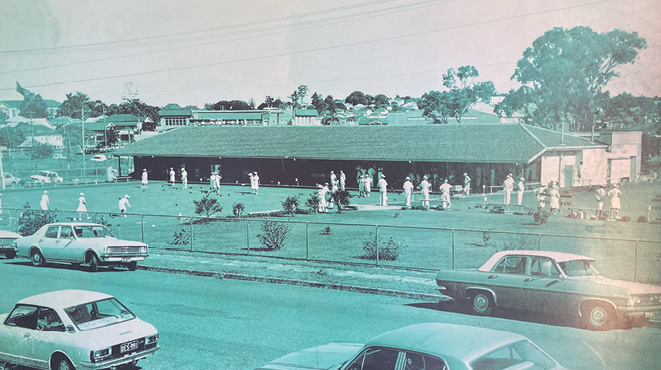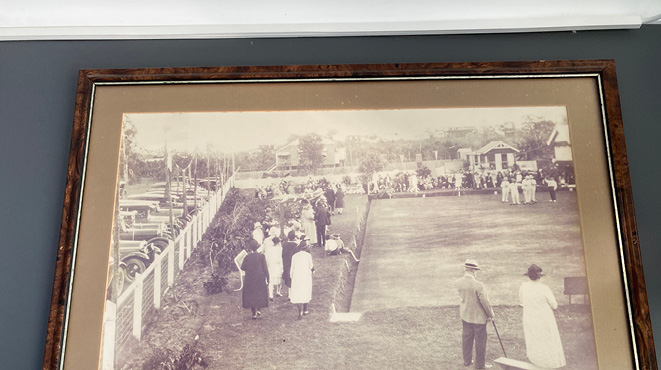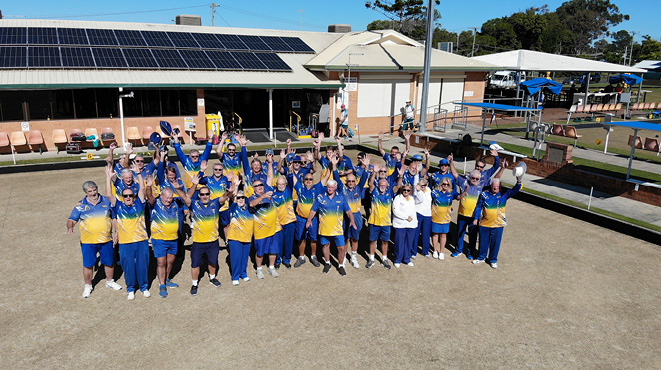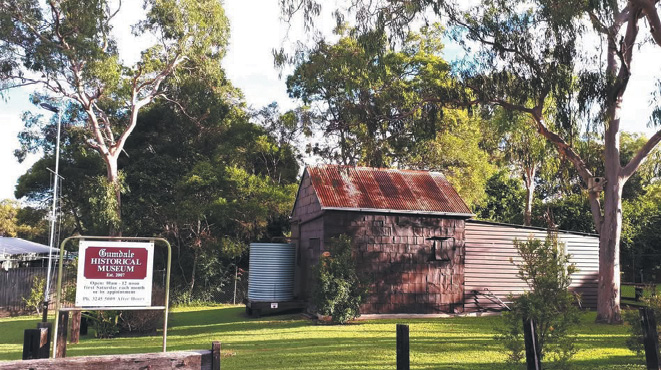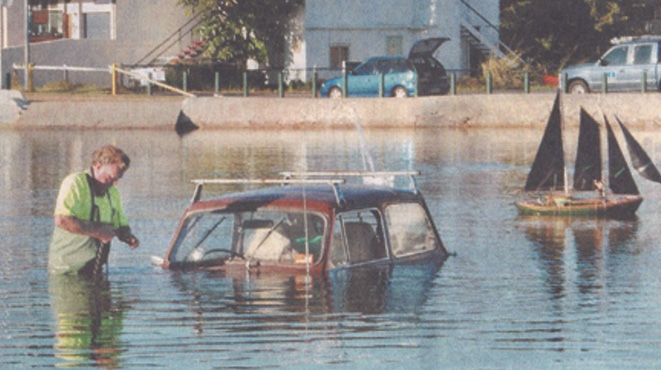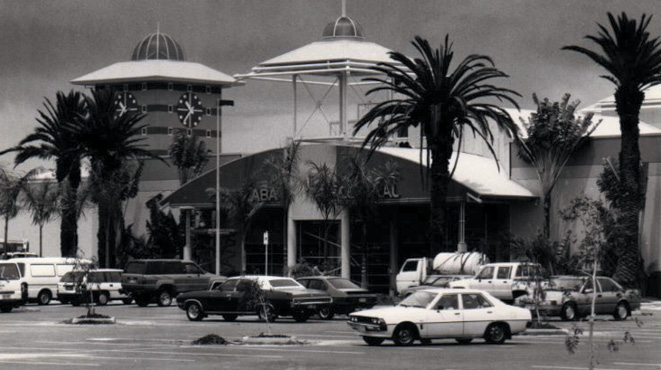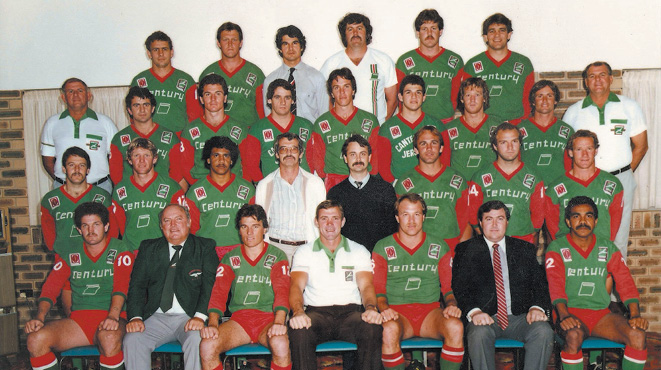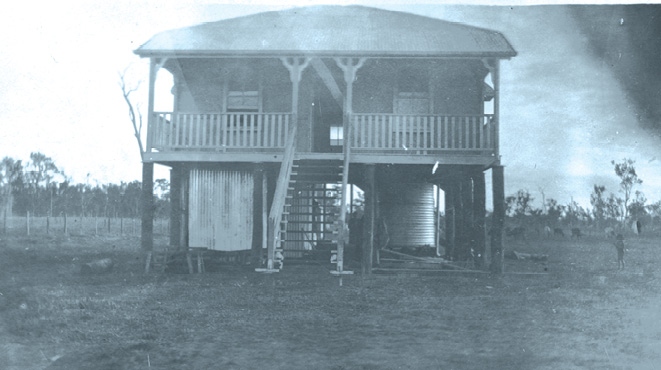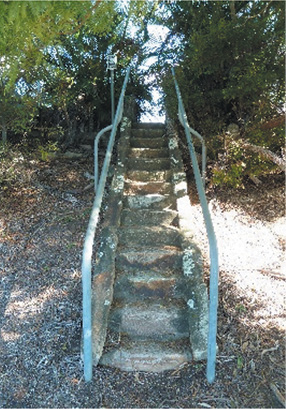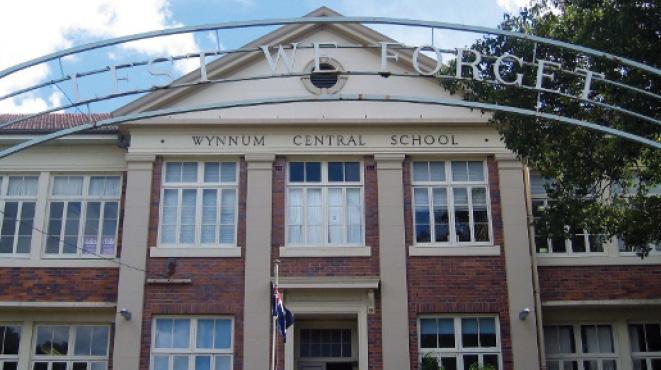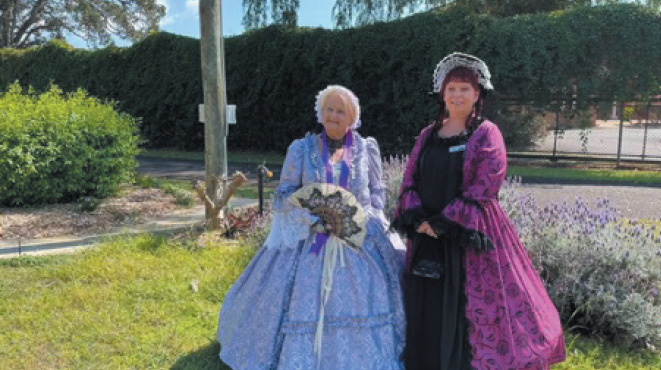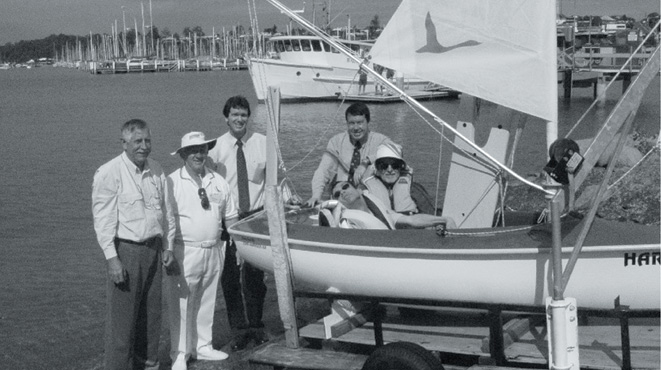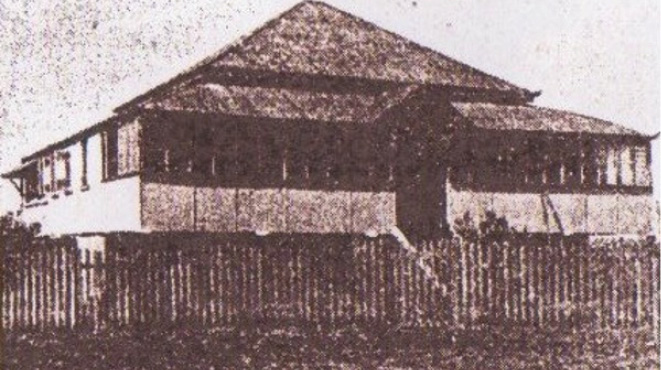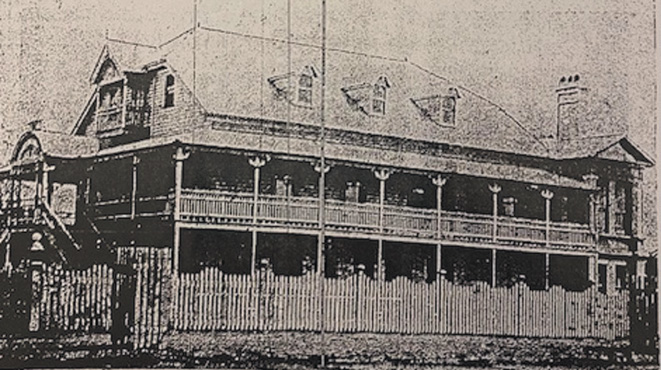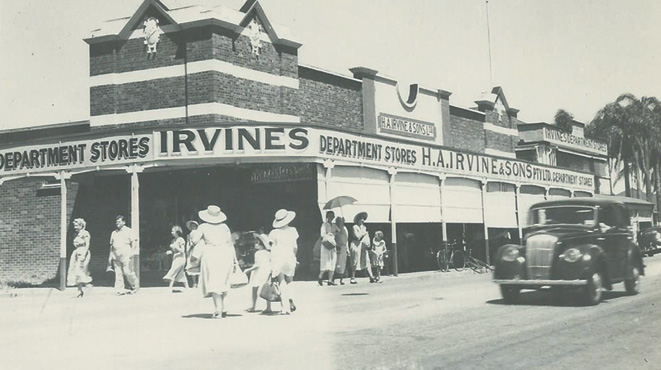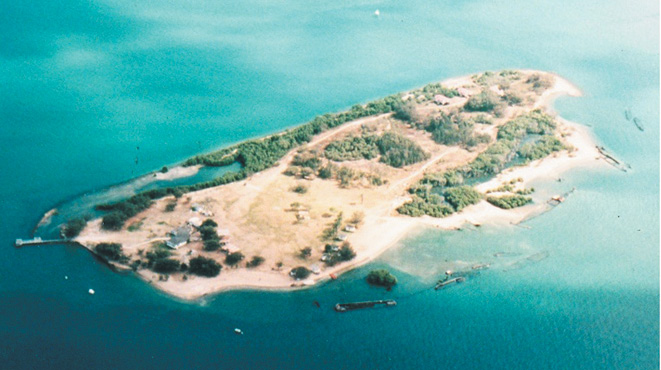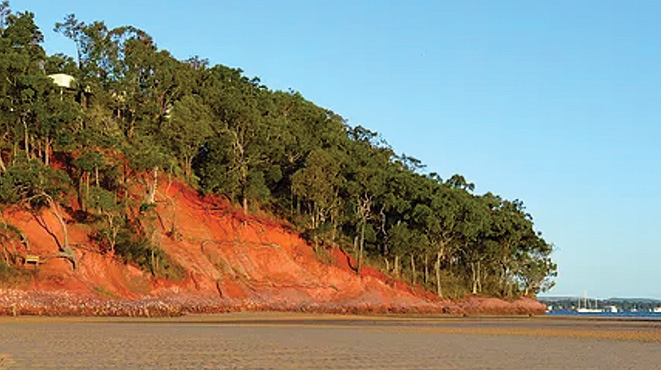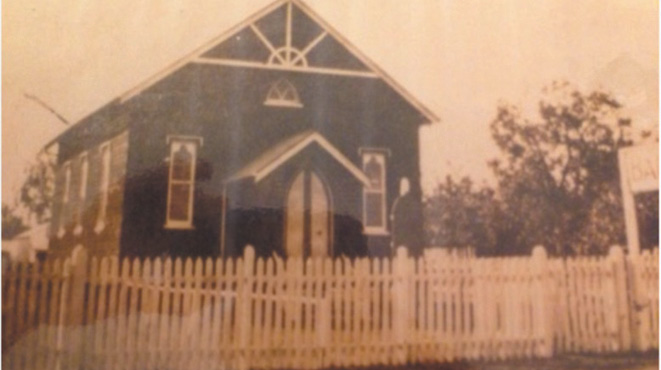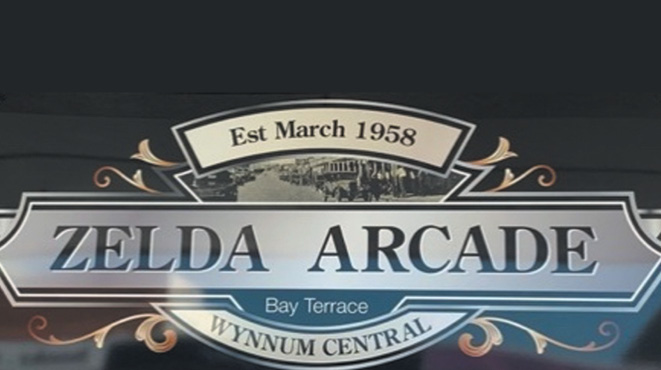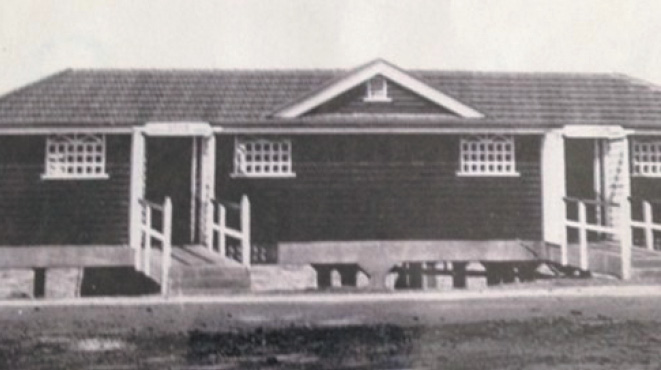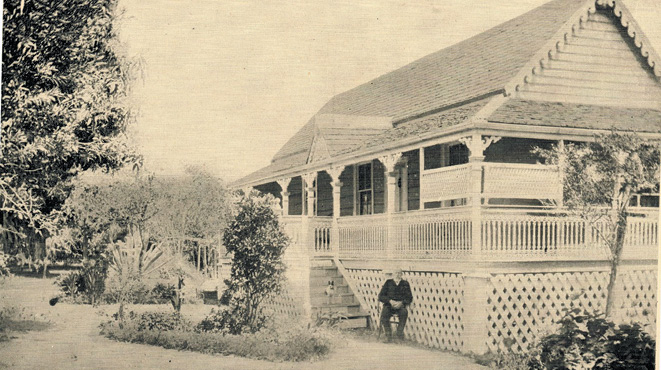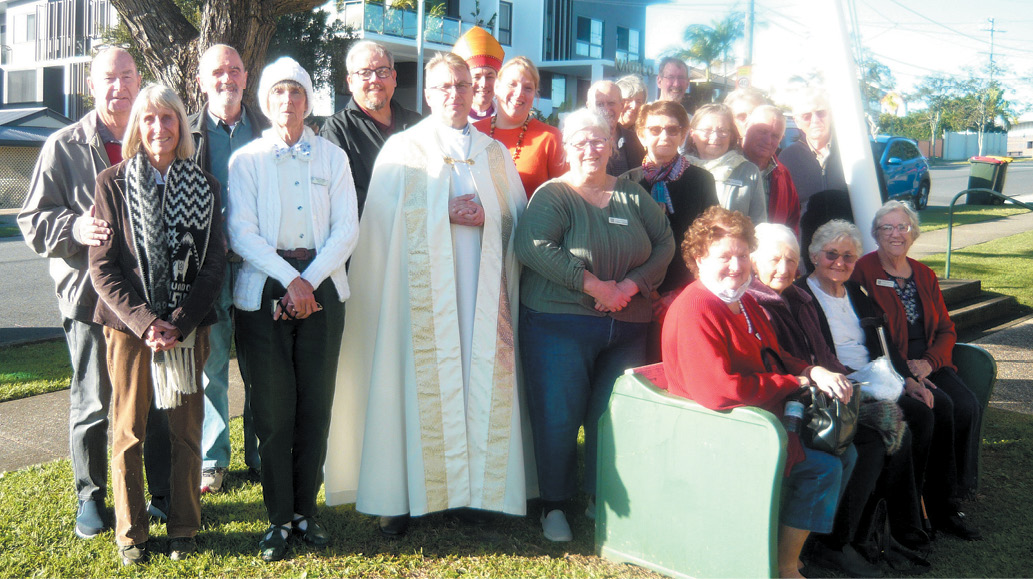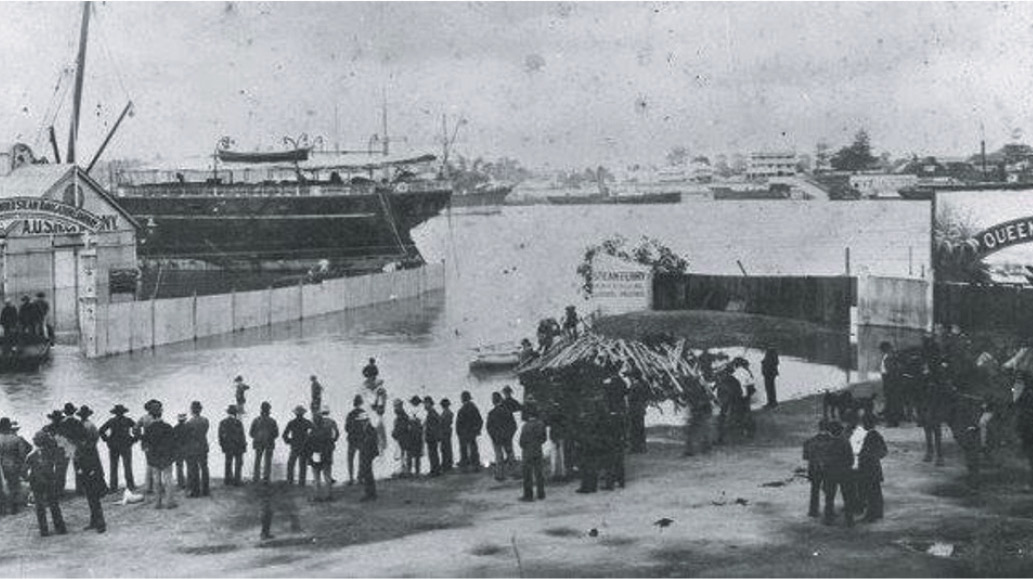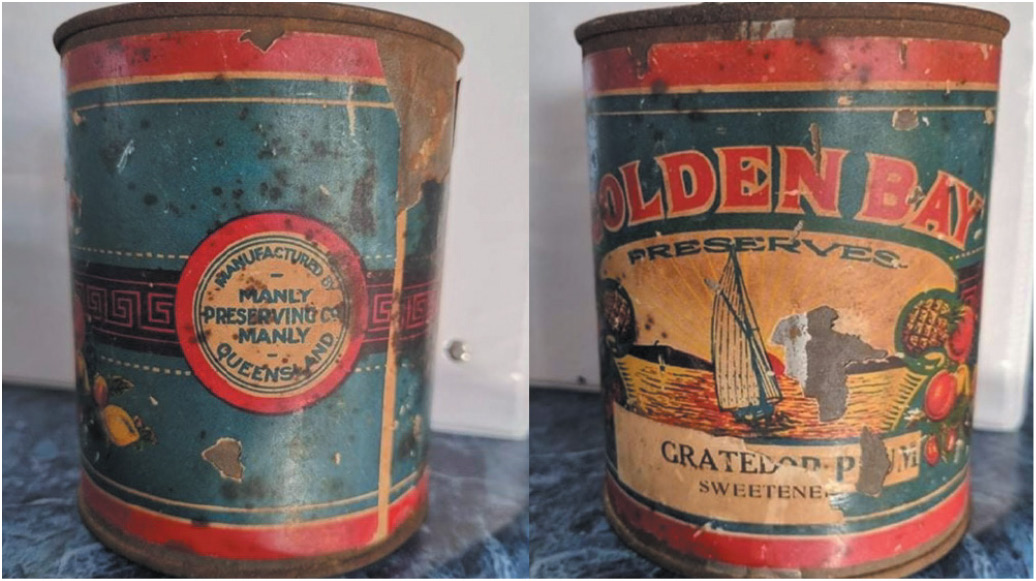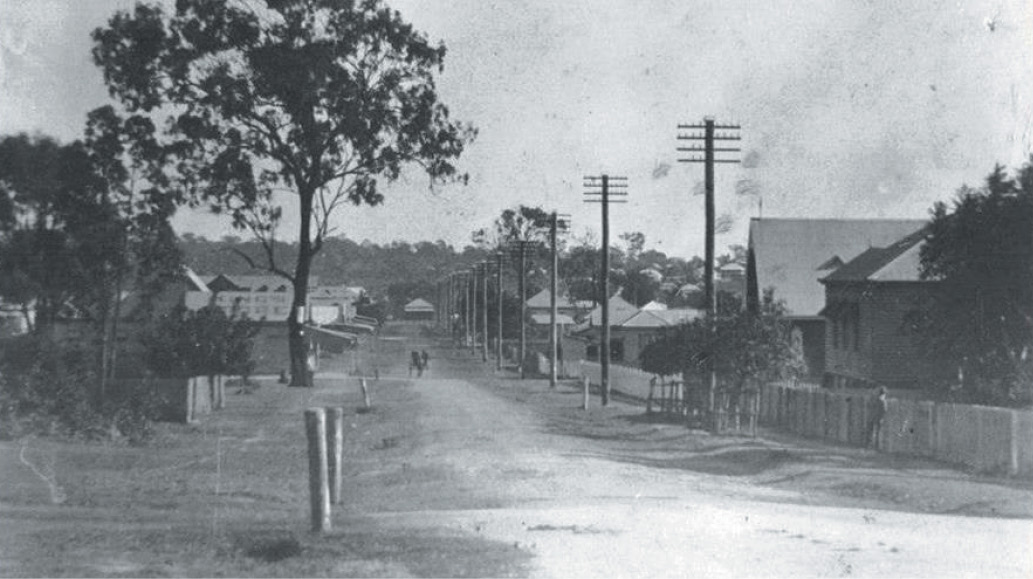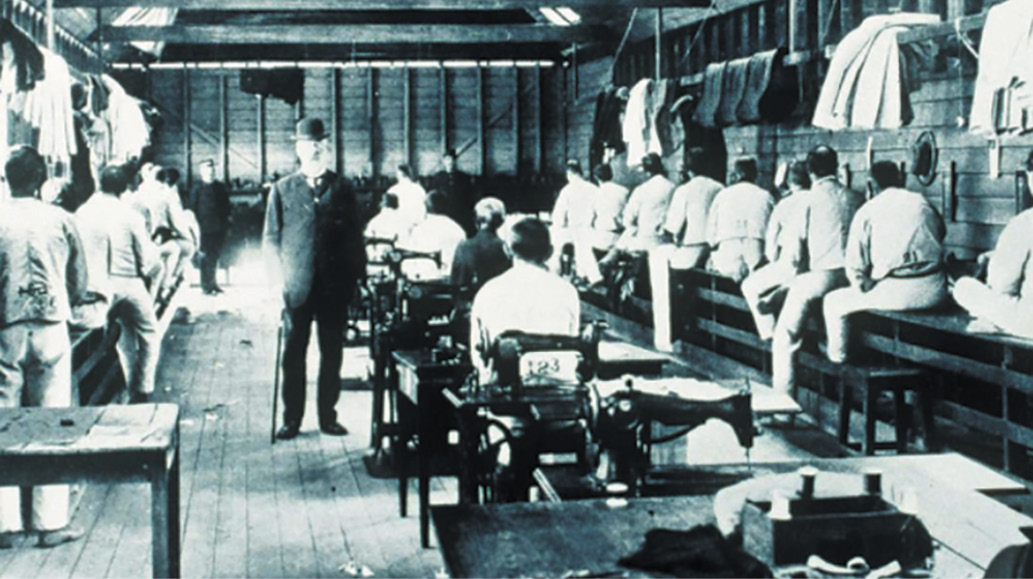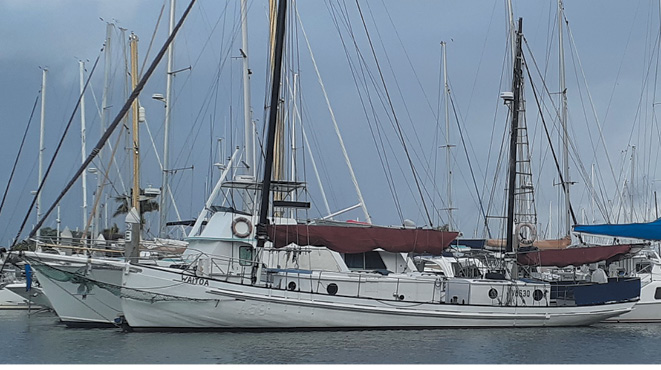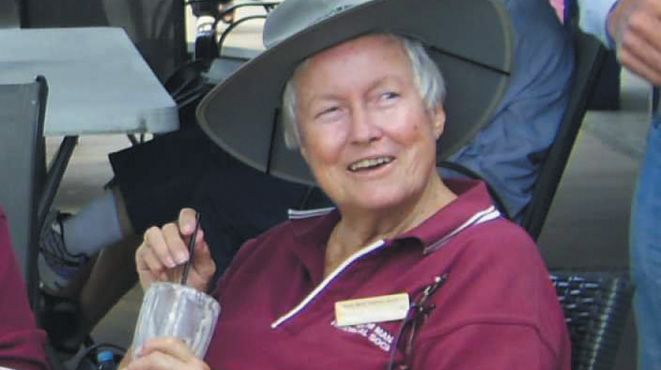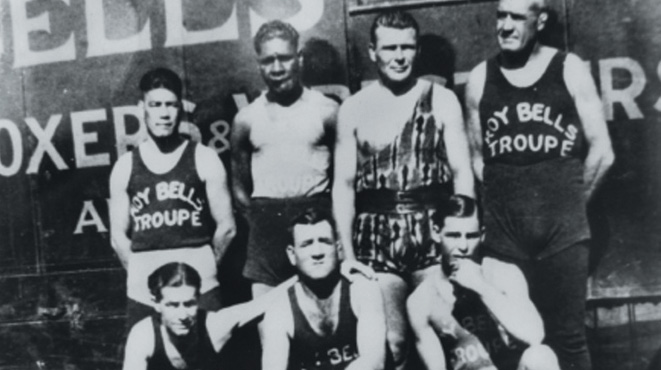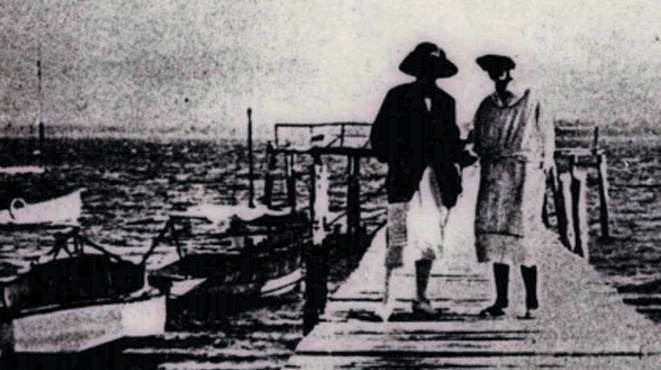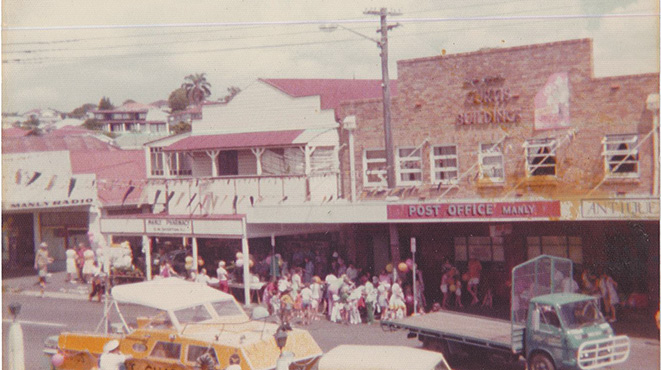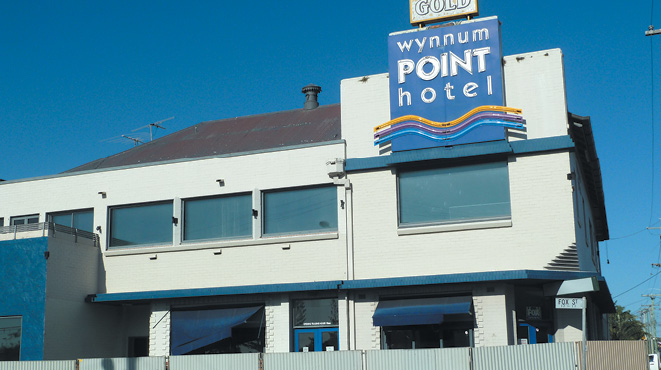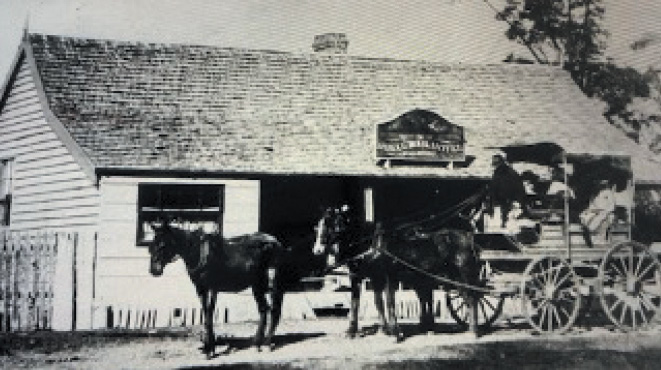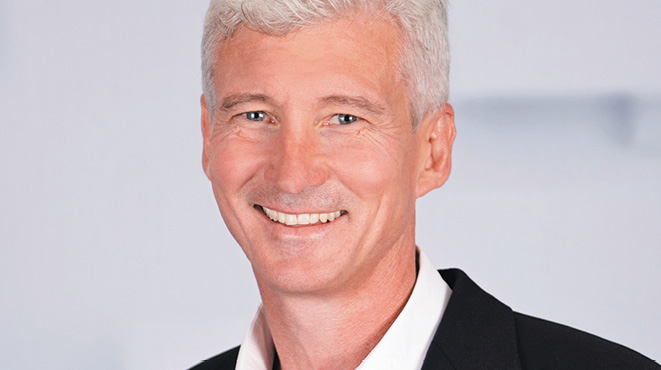Photos: Supplied.
CONTRIBUTED BY DENIS ROACH
Wynnum Bowls Club was formed after a public meeting convened in the Old Town Hall (which is now the Waterloo Bay Leisure Centre) in Tingal Road, Wynnum, on August 21st, 1924. Seventeen residents attended this meeting and decided to form a bowls club in Wynnum. Ten gentlemen were elected as foundation members.
The first task of the new committee was to select a suitable site for the green. An area of one acre, one rod and 20 perches was decided on, at a cost of £269pound 7/- shillings and 7p pence.
Constructing the green was carried out by excavating the bottom green with a horse-drawn drag shovel. Progress did not go as well as expected, and 20 months elapsed before play was permitted on the newly laid green on April 10th, 1926. The total cost of laying this eight-rink green was £1,200.
Next came the purchase of a suitable clubhouse, and the Wynnum Town Council came to the rescue by selling a small cottage they owned, located near the current croquet fields, for £100. This cottage was relocated and became the club’s first pavilion.
The official opening took place on Saturday, April 10th, 1926, with 300-plus guests attending. Mr J Johnson, President of the Q.B.A, performed the opening.
In September 1930, the Wynnum Ladies Bowling Club was formed.
Then, in 1932, an adjoining block of land and a cottage on Carnation Street were purchased to become the greenkeeper’s cottage. In 1933, an extension to the old clubhouse, at a cost of £1,700, greatly improved the space available for social functions.
Another 10 years went by before further extensions were made in the form of a half green in the far corner of Bridge Street, nicknamed “Siberia”. However, it was not until 1945 that play commenced on this new half green.
The next major step in the club’s development was the erection of a new clubhouse on the present site. A tender for £7,132 was accepted in November 1954, and at the end of June 1955, the official opening of the new clubhouse was performed by the President of the R.Q.B.A., Mr J.S. Hargreaves.
After completion of the new clubhouse, the original but extended pavilion was sold to the Wynnum District Tennis Association for £600.
In 1958, the club decided to extend the top half green to a full-size green. The total cost of this extension work was £17,000, and the new green was finally opened on June 4th, 1960.
The decision to purchase the house on Carnation Street in 1969 was made at a cost of $21,000. This decision facilitated further major improvements and extensions to the clubhouse, which were carried out in 1972 at a cost of $35,000.
In 1977, the members decided that a new bar would be installed in keeping with the new clubhouse at a cost of $20,000.
In 1979, the club decided to purchase the house in Bridge Street for $22,000, giving it a total ground area of approximately two acres and ensuring it would not be built out by any further developments.
The club decided to build a new brick soil shed between the two houses it had purchased in 1980 at a cost of $14,000. When the decision was made to convert the men’s dressing room to a modern kitchen in 1981, Wynnum Bowls Club boasted a kitchen second to none in the district.
However, one of the largest projects undertaken by the club was in 1982, when the decision was made to construct a new full-size green between Bridge and Carnation Streets, running parallel and in line with the bottom green. The construction of this green was carried out at a cost of $60,000 and was completed in October 1983. This gave the club two full-size greens and one small green of three rinks.
The club decided to extend and renovate in 1993. Construction began on March 8th, 1993, and the official opening was held on November 6th, 1993. When completed, the refurbished clubhouse provided 50% more floor space, a new bar, a new cold room, two sets of restrooms for men and women, two offices, a shower, a locker room, and a second lounge to house the gaming machines.
In 1993, the club applied for gaming machines and installed a computer system. The gaming machine approval did not come through until August 1993, and the computer system software package to handle memberships, gaming machine reports and analysis, accounts payable, and the general ledger was up and running by January 1994.
The automatic sprinkler system was laid in early 1996, and the awning running down the front of the clubhouse was erected in 1999.
The lights facilitating night play were erected in 2004 and have recently been upgraded.
With the advent of COVID-19, the club took the opportunity to upgrade all of the beer taps, repaint the clubhouse interior, and install four new poker machines in 2022. Then, in 2023, the solar panels were refurbished to provide the club with some financial relief in relation to the cost of power.
Now, 2024 is our centennial year, and the club has received approval for a grant to replace virtually all the furniture in the clubhouse.
The club has other plans, but most of them will not come to fruition until 2025 or later.

